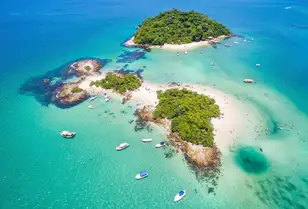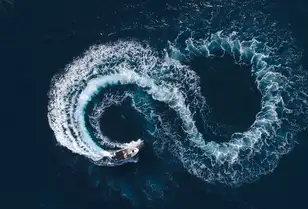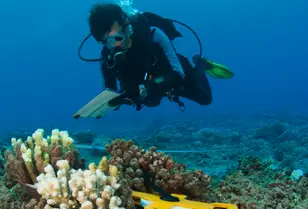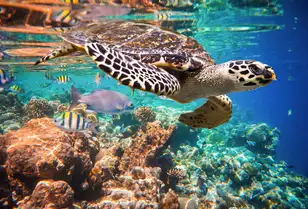

Eco Cleaning Products

Material Safety Data Sheets
So what can we look for and how can we get past the confusing overload of eco info? One way is to get to know and understand Material Safety Data Sheets (MSDS). By law MSDS should be made available when requested. Very often they can be found on a brand’s website but sometimes you may need to request them. The MSDS will tell you the potentially hazardous raw materials within a product as well as any precautions that need to be taken when using them.
One of the key things to look at on the MSDS is the pH level of the product. You should be looking for a neutral pH (pH 7) or as close to. The average pH of seawater is about 8.

Raw materials
Look out for red flag raw materials. Some of these raw materials can be found in a number of well known brands often found on superyachts. These will show you what the basic makeup of a product is and ‘eco’ won't be at the forefront if they contain some of the following examples:
- Sodium hydroxy methyl glycinate
- Phosphonates
- Palm oil and derivatives
- Quaternary Ammonium Compounds
- Chlorine-based agents (sodium hypochlorite)
- Formaldehyde
- Methylene chloride
- Benzene
- Benzidine-based dyes
- Ethylbenzene
- Polyvinyl chloride (PVC)
- Optical brighteners
- Parabens
- Silicones
- Heavy metals**, including antimony (Sb), arsenic (As), cadmium (Cd), chromium (Cr), cobalt (Co), lead (Pb) mercury (Hg), and tin (Sn)
Many of these raw materials have been shown to be detrimental to human health too. Quaternary Ammonium is commonly found in Sanitisers otherwise known as ‘Quats’. Which can cause anything from mild skin and respiratory irritation up to severe caustic burns on skin and, as wikipedia explains, in severe cases death.
Plastics

Ways of ensuring you reduce your impact on the ocean through your choice of cleaning brands is to choose a brand that sells concentrated forms of their product. For example, if buying a bottle of 1 litre concentrate of all purpose cleaner that dilutes to 1 part product to 20 parts water, you’ll save approximately 20 plastic bottles. They’re also often more economical too.
Another way of reducing your plastic consumption is to look out for the type of plastic a brand is using. Is it recyclable and has it been made from recycled plastic? HDPE2 is post consumer plastic and can be recycled at least a further 10 times. It’s widely known as the most environmentally friendly approach to liquid packaging because it has a secure primary function with post life options.
Commit
Finally, consistency is something to consider. It’s no use picking up a more sustainable product if the next time you revert back to your old habits when you can’t find it. Choose a brand or brands that are widely available. If you think you’re going to be traveling somewhere where it might be hard to find your usual product or an equally sustainable alternative, stock up via your supply agent before you leave.

There you have it, just a few suggestions on how and why you can start to more sustainably take care of your boat. If you have any questions, we’d love to hear them so feel free to get in touch.
Text supplied by Ecoworks marine
Other suppliers include EcoStore and Hepburn Biocare
We take no referral fee on the above
Éditorial


Discover clean-tech yachting expeditions
En savoir plus
Burgess Global Clean Up 2024
En savoir plus
Burgess expands into South America
En savoir plus
The future of yachting and the metaverse
En savoir plus
Burgess Impact Report 2023
En savoir plus
Burgess’ Asia team had another good year in 2023
En savoir plus